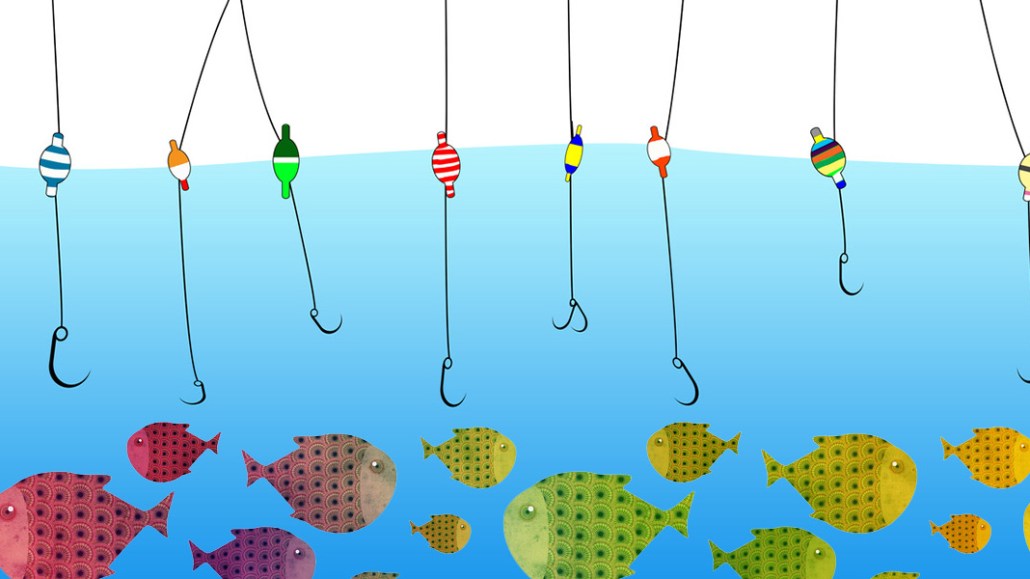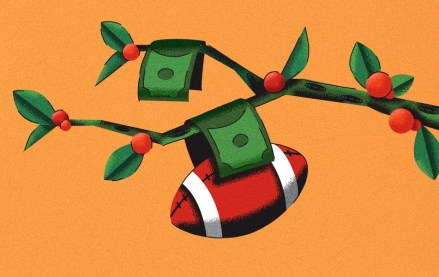
Magazine publisher Future Publishing has adapted its content over the last six weeks to be more helpful for readers. The result is that its sites across tech, gaming and homeware have generated 1.1 million e-commerce transactions during March, up 59% from the month before. Although it wouldn’t share how much revenue this equates to. In 2019, Future delivered 9.8 million e-commerce transactions, per its financial report.
Beyond the standard fare publishers are churning out, like product recommendations on the best office chairs or desk monitors, Future’s brands are writing pieces about which retailers have hand sanitizer in stock during wide-scale shortages and which grocery stores have available delivery slots. These are areas the publisher hadn’t explored before. Because there’s less coronavirus-related news, more editorial resource is focussed on writing commerce content. The amount of content hasn’t changed, but the type of content is more relevant to meet shopper demand.
In March, transactions for delivery services — including groceries, meal-kit services and flower-deliveries — increased by 1,768% compared with the previous month. Although it’s likely this is from a small base as these aren’t areas the publisher had fully explored before.
“There’s so much traffic that we have seen ad impressions go up, and we’ve seen transactions go up significantly,” said Sam Robson, director of audience, commerce. In March, global ad impressions increased by more than 53% on the month before, he added.
Robson and a team of 15 people comb through audience data and deliver the relevant information to editorial teams at Future’s global brands. This process is happening daily rather than weekly or monthly. What people are buying is shifting at pace. Commerce publishers are under duress to keep up with what people want.
“Editors are busy, they need data, they need to learn about shoppers in real-time,” said Shirley Chen, CEO of product recommendation platform Narrativ. According to Chen, Narrativ’s dashboards are now being refreshed by editors between 40 and 50 times a day, typically 10 times would have been more usual.
Elsewhere, Future’s core topics — gaming, homeware and tech — have also spiked, said the company: gaming hardware increasing by 135%, home and garden purchases increasing by 100%. Those adapting to working from home pushed software purchases up by 172%, and other tech increased by 82%, according to the company. As with most issues, like news traffic peaks (since plateaued) and subscription hikes, how long the behavior will last is anyone’s guess.
Ad position: web_incontent_pos1
“It’s the combination of tech products at the heart of our business alongside the shorter-term consumer need around Covid-19 that helped underpin the huge volume of transactions,” said Robson.
Over the years, the publisher has got more sophisticated in understanding user journeys. A coronavirus news story on heath and science title Live Science would be angled to drive ad revenue through display ad units. Commerce pages more clearly display commerce widgets pulled in from its tech platform, Hawk. The result is that the number of Hawk widgets it displays has stayed relatively flat but the click-through rate and conversion has gone up.
“Our ongoing struggle is to make sure that we are maximizing the revenue we can take without diminishing the user experience,” said Robson.
Indoor confinement has meant that publishers are seeing bright spots in commerce and affiliate revenue, although not enough to mitigate the drastic cuts to advertising revenue. But affiliate opportunities are compounded as merchants restrict publisher traffic because they can’t keep up with demand, while Amazon is slashing commission rates for most publishers. Future was unwilling to share any detail on its relationship with Amazon.
Robson’s team uses public data, search data and information garnered from Hawk. The tech platform pulls in feeds from over 45,000 retailers, including Amazon and affiliate networks like Skimlinks, matching up the most relevant tags in the feeds to the page script to surface the most competitive deals for each article. It then displays up to 200 different commerce elements, like price comparison feeds within an article on the latest handset, or discounted deals on a product within a buyer’s guide.
Ad position: web_incontent_pos2
The publisher takes a commission cut anywhere between 2 percent to double digits, but it’s a high margin. Hawk gives it the flexibility to work more directly with retailers, where Future can negotiate rates.
“Often retailers come to us and say, ‘we’ve noticed you’re selling a lot of our stuff, do you want to do a direct deal?’” said Robson. “Coming out the other side of this, we’ll probably have a lot more direct relationships. And the relationships that are driving the most sales at the moment are very different from those that would have been there a month or so ago.”
More in Media

NewFronts Briefing: Samsung, Condé Nast, Roku focus presentations on new ad formats and category-specific inventory
Day two of IAB’s NewFronts featured presentations from Samsung, Condé Nast and Roku, highlighting new partnerships, ad formats and inventory, as well as new AI capabilities.

The Athletic to raise ad prices as it paces to hit 3 million newsletter subscribers
The New York Times’ sports site The Athletic is about to hit 3 million total newsletter subscribers. It plans to raise ad prices as as a result of this nearly 20% year over year increase.

NewFronts Briefing: Google, Vizio and news publishers pitch marketers with new ad offerings and range of content categories
Day one of the 2024 IAB NewFronts featured presentations from Google and Vizio, as well as a spotlight on news publishers.
Ad position: web_bfu